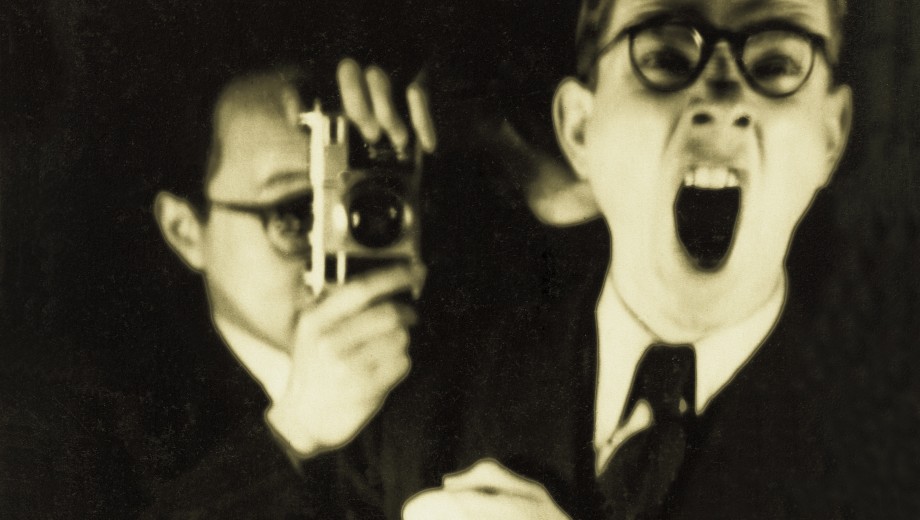“Nothing could be more elusive than a human voice, nothing more confounding,” write Martha Feldman and Judith Zeitlin in a forthcoming book they’ve coedited. In psychoanalytic terms, the voice is uncanny: somehow both intimately familiar and impossible to pin down.
Feldman, the Mabel Greene Myers Professor of Music, says The Voice as Something More (University of Chicago Press, 2019), is in part a tribute to Slovene philosopher Mladen Dolar’s psychoanalytic theory in A Voice and Nothing More (MIT Press, 2006). But as the subtitle “Essays toward Materiality” suggests, the revisionist thrust of the volume is toward materiality: how the voice is embodied, extended, and mediated.
This focus on the material is meant both to balance and challenge psychoanalysis’s more abstract emphasis on mental and familial structures. The voice may be an elusive object of desire, Feldman says, but it is also “fleshy and concrete.”
The Voice as Something More showcases seven UChicago faculty members as well as other prominent scholars hailing from disciplines including music, classics, film, media studies, philosophy, Germanic studies, and East Asian studies. The book grew out of an interdisciplinary faculty research seminar sponsored by the Neubauer Collegium for Culture and Society. “The Voice Project,” begun in 2013 by Feldman and David Levin—Zeitlin took over for Levin in 2014—resulted in a daylong symposium in 2014 and an international conference in 2015.
The book’s contributors chase the uncanny voice across disciplines and genres, cornering it again and again to show how it materializes within specific cultural and technological contexts. For instance, Levin, the Addie Clark Harding Professor in Germanic Studies, Cinema and Media Studies, and Theater and Performance Studies, analyzes the use of staged vocal failure as a narrative device in opera, as when the Dwarf in Zemlinsky’s Der Zwarg elicits audience sympathy when his poor singing is ridiculed by the Infanta of Spain. Meanwhile, associate professor of music Seth Brodsky and poet Robert Polito question the very idea of an artist’s voice in their respective fields.
An essay by Northwestern University media scholar Neil Verma, AM’04, PhD’08, on the role of screams in vintage radio horror analyzes the voice in starkly material terms, says Zeitlin, the William R. Kenan Jr. Professor in East Asian Languages and Civilizations and Theater and Performance Studies. “How did you produce the scream? . . . What happened when you got near to the microphone? How was it written into the screenplay?”
These technical considerations have psychoanalytic and sonic implications, as one of the volume’s contributors, renowned film and sound theorist Michel Chion, has stated. For instance, uncertainty about whether a scream was a recording or a live performance adds to its “acousmatic” quality, or the sense—almost parodically concretized in film, Feldman notes, by the unseen wizard’s voice in The Wizard of Oz—that the ultimate source of any voice is hidden.

